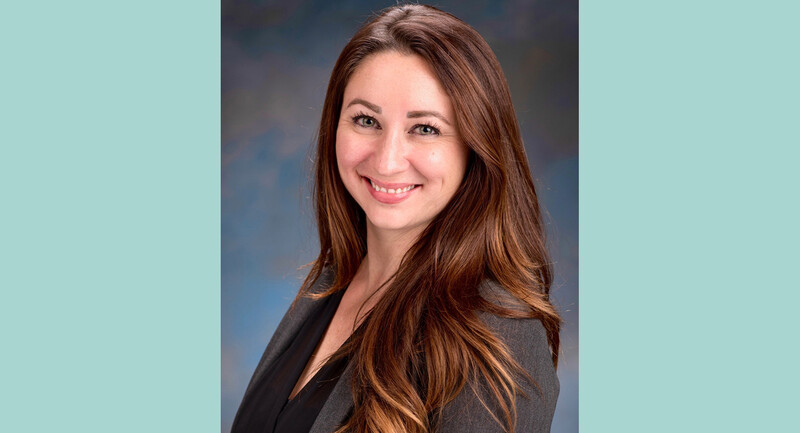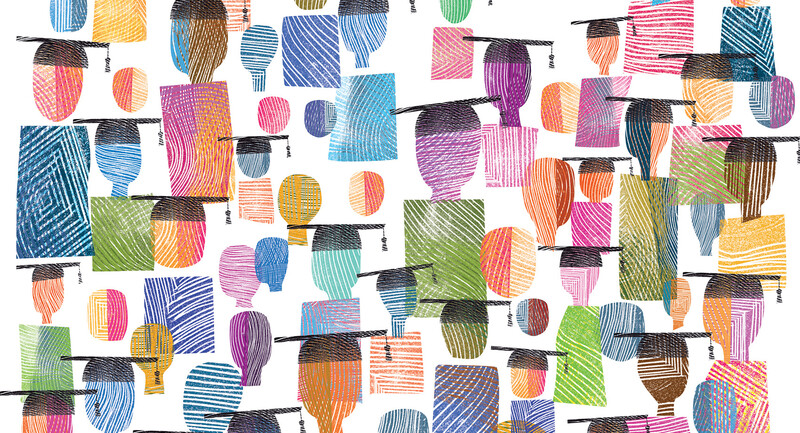Large urban school districts have faced daunting challenges in providing continued learning and support during the coronavirus shutdown, given the sheer size and diverse needs of their student populations. To address these challenges, the 600,000-student Los Angeles Unified School District has taken an ambitious, multi-faceted approach to staying connected with students and families.
Late last month, shortly after its schools closed, the district launched a $100-million emergency fund to support its transition to remote learning. The school system's goal, according to Darnise Williams, a senior director in the office of the superintendent, is to be able to provide "robust instruction" while also bolstering the safety net for its students, many of whom are from low-income households.
To this end, the district has undertaken a range of interconnected outreach initiatives that, taken together, show how much is involved—and at stake—in supporting diverse student populations at this time. Among other things, L.A. Unified has:
- Provided extended learning plans to all students. The packets, derived from teachers' existing lesson plans, include both online and pen-and-paper activities. Students can also participate in regular online discussions with their teachers.
- Launched an educational programming partnership with local PBS television stations. The cross-grade-level programming features supplemental, standards-based instructional materials developed by district educators and now reaches more than 200,000 people a day.
- Forged an agreement with Verizon to provide free wireless internet access to all students. The district estimates that as many as 100,000 of its students did not have internet access on their own.
- Began distribution of free digital devices to students who need them. The program started at the high school level, with school leaders reaching out to students in need of computers and schools serving as distribution sites. The goal is for every student in the district to have an internet-connected device with access to the district's learning-management system and communication platforms like Zoom and Google Hangouts.
- Provided intensive training in online instruction to teachers. Characterized by Superintendent Austin Beutner as the "main event," the additional professional learning, led by educators with previous experience in distance learning, is designed to share best practices and help teachers adapt instructional plans to an online environment. The district also plans to set up technical-support help desks for teachers, students, and families.
- Opened more than 60 "grab n' go" food centers in schools. The centers, staffed by district employees and Red Cross volunteers, have provided more than 5 million meals, in addition to toys and baby supplies for families.
- Created new services for students with disabilities. Occupational therapists and speech and language teachers are working with students via teleconferencing. In addition, special educators are creating pre-recorded video lessons for other students with special needs.
The district has also created a mental health hotline for students and caregivers and started a charitable fund for students and families in need.
Despite all its efforts, the Los Angeles district is still struggling to reach all its students. In an address to the school community delivered on March 30, Superintendent Beutner said that about 68 percent of the district's 120,000 high school students were participating in online learning on a given day and that there were some 15,000 high school students with whom the district has had no online contact since schools closed.
But these gaps, Beutner said, would serve to redouble the district's commitment to continuing its outreach, including by working with community organizations. "It's simply not acceptable that we lose touch with 15,000 young adults or that many students aren't getting the education they should be," he said.
Beutner also said that the district's rapid transition to online learning, though akin to doing complex maintenance on an airplane at 30,000 feet, could ultimately have long-term benefits for students. "The jobs of the future will also require them to share knowledge and ideas, collaborate, provide and receive feedback on how to improve and turn all of this into action—while online," he noted.
—Anthony Rebora








